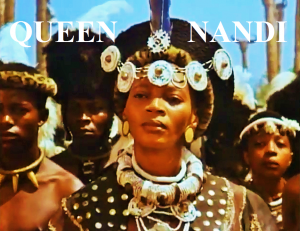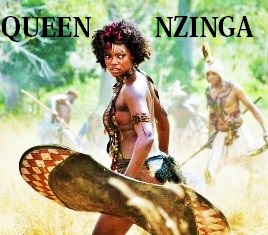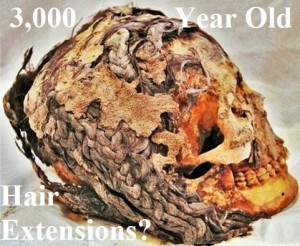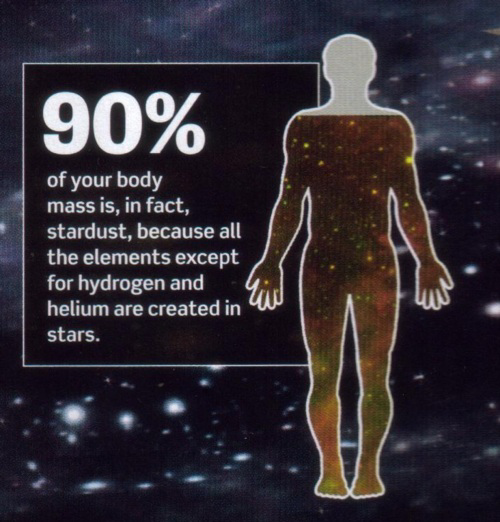Mummification knowledge at 5,600 years old, this pre-dates Ancient Egyptian Civilization…

Wan Muhuggiag (Muhjaij) Mummy, Tashwinat, Libya
The Tashwinat Mummy of a child found in Wan Muhuggiag (or Uan Mughjaj), Tadrart Acacus, Fezzan, southern Libya, by Professor Mori in 1958. The mummy was thought to be at least 5400 years old and therefore it is much older than any of the mummies found in Egypt. The child is thought to have been 3 years old at the time of death. The mummy was found wrapped in an animal skin and covered with herbs and plants, probably to aid preservation and to ward off decay.
A closer detail map of Libya’s location

www.temehu.com/Cities_sites/museum-of-tripoli
tv.ark.com/transcript/the_history_project-%28the_mystery_of_the_black_mummy
Uan Muhuggiag – Wikipedia, the free encyclopedia
 Joann Fletcher (born 30 Aug 1966, in Barnsley, South Yorkshire is an Egyptologist and Honorary Visiting Professor in the Department of Archaeology at the University of York. She has published a number of books and academic articles, including on Cleopatra, and made numerous television and radio appearances. In 2003 she controversially claimed to have identified the mummy of Queen Nefertiti.
Joann Fletcher (born 30 Aug 1966, in Barnsley, South Yorkshire is an Egyptologist and Honorary Visiting Professor in the Department of Archaeology at the University of York. She has published a number of books and academic articles, including on Cleopatra, and made numerous television and radio appearances. In 2003 she controversially claimed to have identified the mummy of Queen Nefertiti.
She went to University College London to study ancient history and Egyptology. She specialised in the Ptolemies (one of the ancient Egyptian dynasties) and Cleopatra and also in ancient Egyptian hair, wigs and forms of adornment – she did her PhD at the University of Manchester on hair and wigs. Currently Fletcher is Honorary Visiting Professor in the Department of Archaeology at the University of York and Consultant Egyptologist forHarrogate Museums and Arts. She also contributed to the new Egyptology galleries at the new Great North Museum in Newcastle, in Ancient Egypt Daily Life galleries at the Burrell Collection in Glasgow, in mummification exhibitions at Bolton and Burnley and at the Leiden’s Rijksmuseum as part of their 1994 exhibition ‘Clothing of the Pharaohs’
Fletcher designed the UK’s first GCSE equivalent qualification in Egyptology on behalf on the government education body, Centra in 2003. She is co-founder of York University’s Mummy Research Group with whom she has studied human remains from South America, Yemen, Italy, Ireland, the Canary Islands and Egypt, including the royal tombs in the Valley of the Kings. She has undertaken excavation work in Egypt, Yemen, and the UK, and has examined mummies both on-site and in collections around the world.
Fletcher writes for The Guardian newspaper and the BBC‘s History Online Web site,(including major input into their multimedia project ‘Death in Sakkara’ which won the New Media Award in 2005) and has made numerous appearances on television and radio. She was lead investigator in the History Channel series Mummy Forensics and most recently was involved with Mummifying Alan: Egypt’s Last Secret, a documentary for Channel 4 andDiscovery, the subject of a long term project which rewrites current understanding of mummification. This documentary won the 2011 Royal Television Society Award for Science and Natural History and also the BAFTA for Specialist Factual programme.
Her publications include Cleopatra the Great and The Search for Nefertiti, together with guidebooks, journal articles and academic papers
“Copyright Disclaimer Under Section 107 of the Copyright Act 1976, allowance is made for “fair use” for purposes such as criticism, comment, news reporting, teaching, scholarship, and research. Fair use is a use permitted by copyright statute that might otherwise be infringing. Non-profit, educational or personal use tips the balance in favor of fair use.
http://www.froghopperdvds.co.uk/mystery-black-mummy
The information contained on this site is intended for educational purposes only.
“Copyright Disclaimer Under Section 107 of the Copyright Act 1976, allowance is made for “fair use” for purposes such as criticism, comment, news reporting, teaching, scholarship, and research. Fair use is a use permitted by copyright statute that might otherwise be infringing. Non-profit, educational or personal use tips the balance in favor of fair use.








 Fascinating movie spans the globe to reveal recent discoveries about water, the most amazing yet least studied substance in the world. Witness as researchers, scientists, philosophers and theologians try to understand this unique liquid and all [...]
Fascinating movie spans the globe to reveal recent discoveries about water, the most amazing yet least studied substance in the world. Witness as researchers, scientists, philosophers and theologians try to understand this unique liquid and all [...] 

























































 Take care of your body, it's the only
Take care of your body, it's the only








































